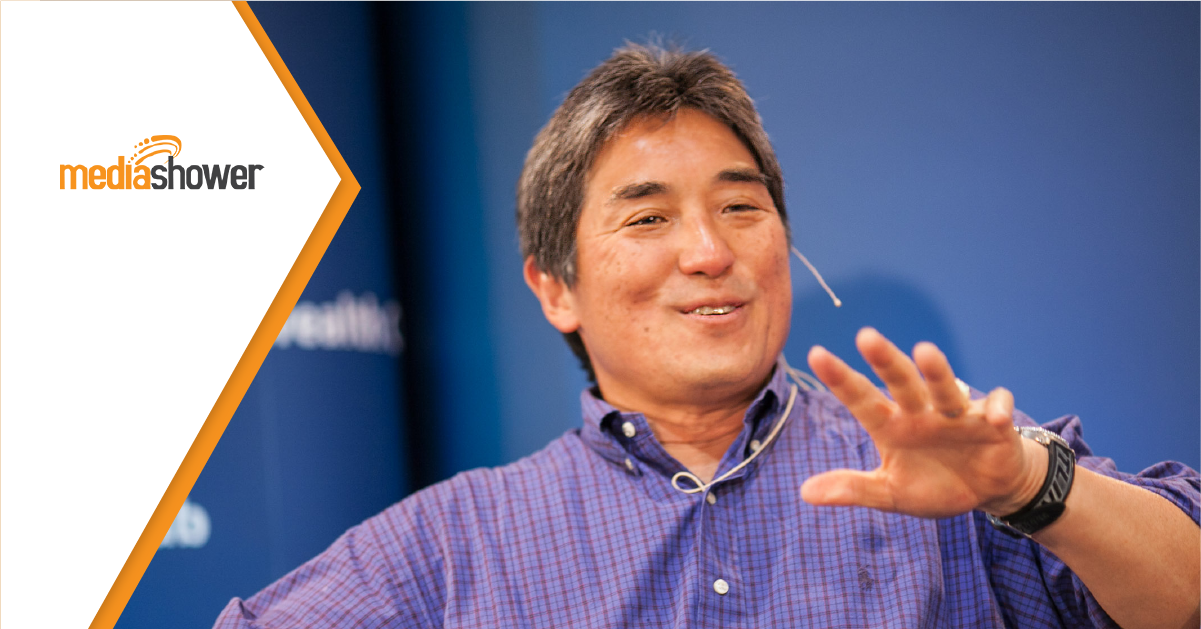
Overview:
- Guy Kawasaki is a marketing evangelist for Canva. He started at Apple with Macintosh computers in the 1980s.
- Kawasaki encourages natural enthusiasm for your brand or product, which will help others see the benefits for themselves.
Marketing evangelism is an effective way to promote a brand or product that you truly believe in.
Guy Kawasaki was the first-ever marketing evangelist. He created the position when he worked for Apple in the 1980s and helped get the company’s Macintosh computers into schools, homes, and businesses all over America and other parts of the world.
Kawasaki has since moved on to work his magic on Canva, the Australian-based graphic design website that is easy enough for a non-expert to use. He also makes about 50 keynote speeches a year and has written several books about marketing evangelism. Here are some of his techniques.
Believe the Brand Is Great
Kawasaki famously says, “You can’t evangelize crap.” The definition of evangelism is “sharing good news.” If you don’t genuinely believe the brand or product you are evangelizing is great, you won’t have the enthusiasm you will need to successfully share about it in a believable way.
Kawasaki is adamant that you can’t fake the kind of passion and energy required to evangelize something successfully–instead, you need to choose something you already believe in. This could be a brand that aligns with your values or one that provides a product or service you already think is the best.
Think about it–when a product has worked well for you and met a pressing need, you are usually quick to share those positive experiences with others. You don’t generally strategize or even think much about what you say;it just comes out very naturally. This is exactly what Kawasaki is talking about with marketing evangelism.
Plant a Lot of Seeds
Kawasaki argues against the adage that you should focus on a narrow subsection of leads that produces the most sales. Instead, he believes in planting as many seeds as possible, seeing which ones begin to take root, and then helping them grow even more.
Back in the Macintosh days, for example, Kawasaki thought spreadsheet, database, and word processing users would drive sales of the computers. In reality, however, he found out by planting many seeds that most Macintosh buyers liked that the machine could do desktop publishing.
Without planting seeds and watching to find out what was really drawing users to the Macintosh, Apple would have missed out on a critical segment of their market. Marketing will not be as successful for many companies without this marketing step of planting seeds.
Don’t Waste Too Much Time
Spreading seeds takes a considerable time investment, but it’s also important to realize when your efforts are not yielding any flowers. If after a defined period, one of your seeds still isn’t getting results, fellow product evangelist Robert Katai says, you should move on. There are considerable diminishing returns after that point, and you will be better off spreading new seeds that may develop into new points of growth.
As a marketing evangelist, you will get to know your own limits on seed-spreading and learn when is the best time to stop exploring a particular area to move on to a new place. Whether it’s five minutes, five hours, or five months, at some point, it becomes clear that you aren’t getting anywhere. Not everyone will accept your message or be interested in your solution, however beneficial, and that’s okay.
Find the Right Cause
Kawasaki approaches marketing evangelism through the lens of a cause. In an interview with iGaming Next, he shared that his own preferred cause is the democratization of a service or product so that it is equally available to everyone. This is what Kawasaki had been working toward with Apple’s Macintosh and also now with Canva.
In a sense, it isn’t the product itself that a marketer is evangelizing. Instead, it’s what the product or brand can do for someone–meet their needs or solve a problem they have. This is your cause and the only effective way to evangelize a product or brand.
Focus on Making Others’ Lives Better
The main reason for evangelism is to help other people make their lives better through your product or brand. This is a big part of the secret of marketing evangelism’s success.
Too many marketers today are focused on gaining attention for themselves, becoming influencers, and growing their own personal brands. Kawasaki says this is the exact wrong approach.
Instead, he said, “I want Macintosh to be successful, not Guy Kawasaki to be famous. I want Canva to be successful and not Guy to be recognized.” Kawasaki said a product evangelist’s focus should be on information, not personal ego or self.
The distinctive techniques of marketing evangelism will make it stand out from most other social media marketing, which is focused on influencers and trendy marketing gimmicks.
Media Shower offers a way to get the word out about your brand or product, using authentic content and a web presence that meets people where they are. Try out our award-winning content platform for free.
